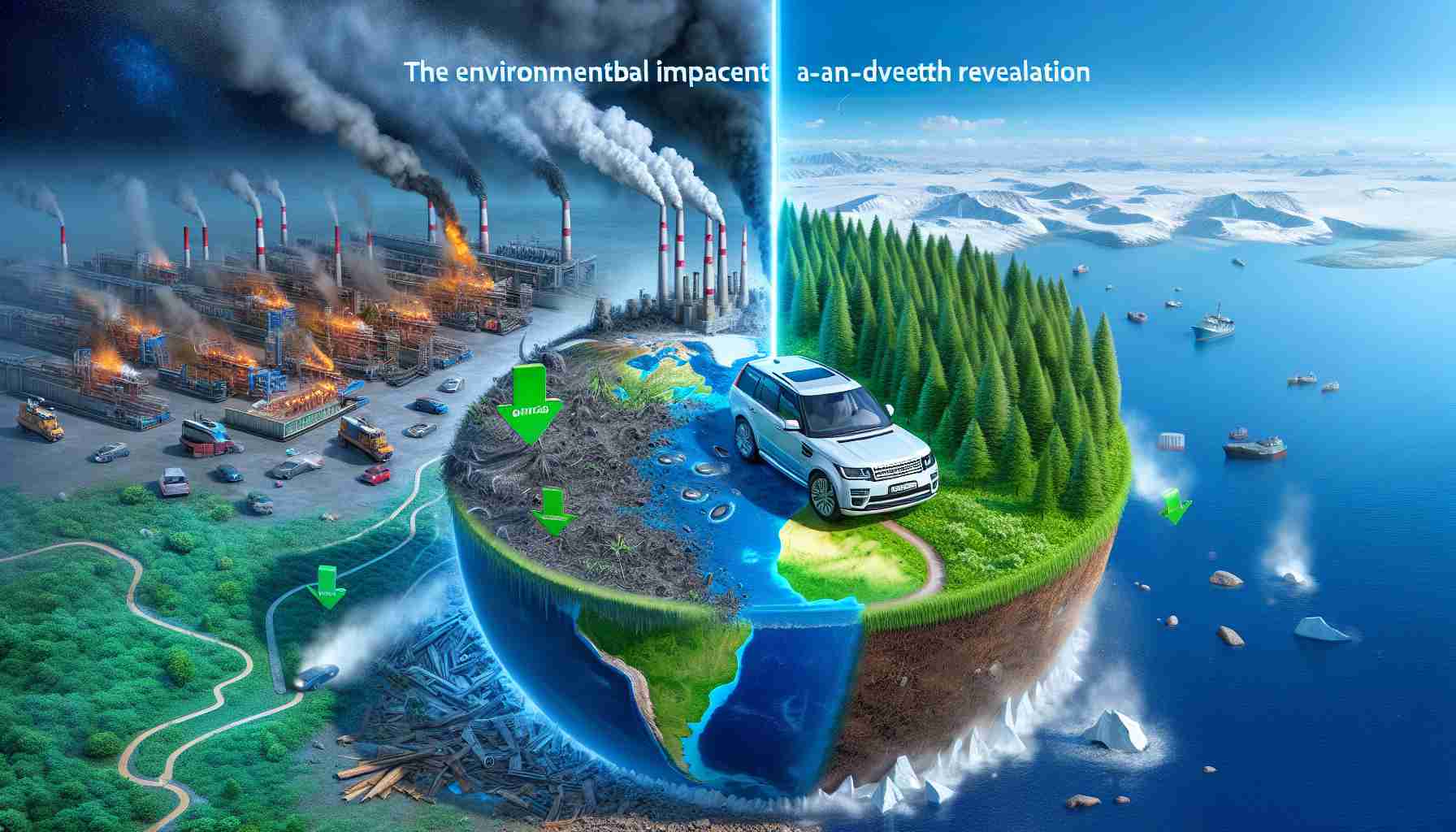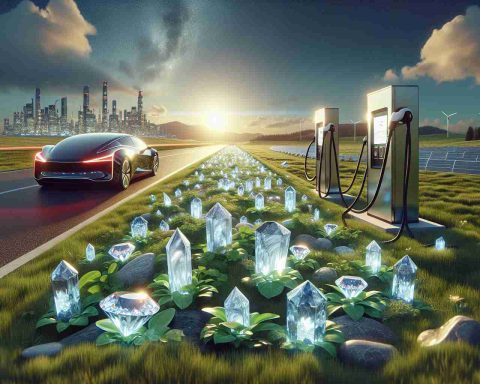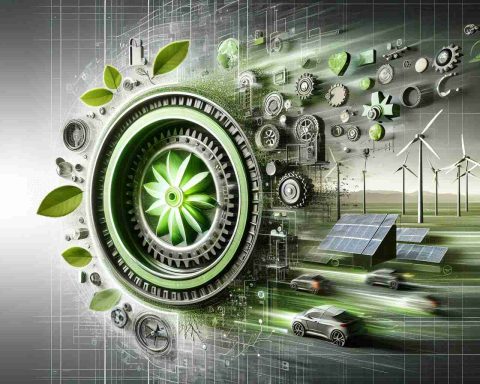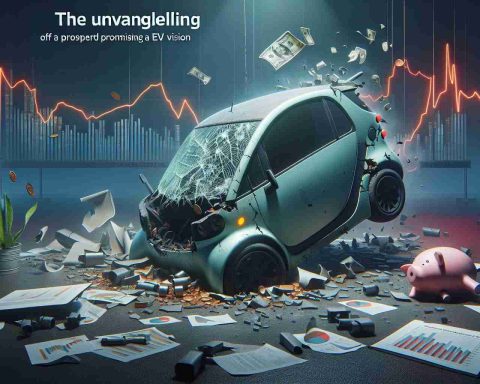Transportation’s Impact on Climate Change
Car culture has a profound impact on our environment, contributing significantly to the ongoing climate crisis. The reliance on light-duty trucks and SUVs has not only altered our transportation landscape but also worsened emissions. These vehicles were originally designed to utilize an abundance of fuel, perpetuating a cycle of consumption that favors both the oil and auto industries.
While Canada has seen a 47 percent drop in emissions from cars since 1990, light-duty truck emissions have skyrocketed by 112 percent. In fact, trucks comprised 62 percent of vehicles on Canadian roads by 2020, a stark increase from just 27 percent in 1990. A concerning report highlights that while zero-emission vehicles appear to gain traction, the trend towards larger, heavier SUVs is undermining these gains, nullifying nearly 39 percent of potential fuel consumption reductions.
Globally, the demand for SUVs has surged, intensifying oil consumption and increasing greenhouse gas emissions. Research indicates that the rise of SUVs has proven detrimental not just for the planet, but also for safety; these larger vehicles pose a greater risk to pedestrians and cyclists.
Addressing these challenges requires both individual initiative and robust government policies. Transitioning to sustainable transportation, enhancing public transit infrastructure, and supporting walkable communities are essential steps toward a future free from harmful car dependency. Embracing these solutions is crucial for fostering safer, healthier, and more environmentally friendly communities.
Broader Implications of Transportation on Global Sustainability
The effects of car culture extend far beyond emissions; they ripple through our society, economy, and environmental frameworks. With light-duty trucks and SUVs dominating roadways, this shift in transportation habits not only escalates greenhouse gas emissions but also exacerbates urban sprawl. As cities become more car-centric, public spaces often diminish, adversely affecting social engagement and community well-being.
Economically, the obsession with larger vehicles translates into increased expenditures on fuel and maintenance. Households allocate a substantial portion of their budgets to accommodate these gas-guzzling machines, diverting funds from essential services or sustainable options. Moreover, the auto industry’s emphasis on SUVs complicates the transition to greener technologies. As automakers prioritize the production of heavier vehicles, they often sideline investments in electric and alternative fuel technologies that could genuinely mitigate climate impacts.
Environmental repercussions are stark as well. The intense resource extraction required for manufacturing SUVs leads to heightened risks of habitat destruction and biodiversity loss. The anticipated future trend of increasingly stringent emission regulations might curb SUV production, but without broad public support for sustainable practices, the path toward transformative change remains precarious.
In the long run, a collective commitment to cohesive urban planning, improved public transit, and active lifestyle promotion could foster more resilient societies. The transition away from the status quo of car dependency is not merely beneficial; it’s essential for a sustainable future that prioritizes both people and the planet.
How Transportation Shapes Our Climate Future: A Critical Analysis
Understanding the Role of Transportation in Climate Change
Transportation plays a pivotal role in contributing to climate change, primarily through its heavy reliance on fossil fuels, which generates significant greenhouse gas emissions. The global surge in popularity of light-duty trucks and SUVs has exacerbated this issue, leading to a concerning rise in oil consumption.
The SUV Phenomenon: Trends and Implications
The shift towards larger vehicles, particularly SUVs, is a notable trend in transportation. According to recent market analysis, SUVs accounted for approximately 45% of new vehicle sales globally in 2022, up from just 26% in 2010. This increasing dominance not only intensifies emissions but also presents safety challenges, as these larger vehicles create a higher risk for vulnerable road users like pedestrians and cyclists.
Pros and Cons of SUVs:
– Pros:
– Higher seating position allows for better visibility.
– Increased cargo space and passenger comfort.
– Advanced safety features often included.
– Cons:
– Greater fuel consumption compared to smaller vehicles.
– Higher emissions contributing to climate change.
– Increased risk of injury to pedestrians in accidents.
Innovations in Transportation: The Move Towards Sustainability
To combat these challenges, the automotive industry is seeing significant innovation. Electric vehicles (EVs) are at the forefront of this transition, offering a viable alternative to traditional gas-powered cars. Major manufacturers are investing heavily in EV technology, with some predicting that by 2030, nearly 50% of all vehicle sales will be electric—a substantial rise from around 8% currently.
Addressing Limitations of Electric Vehicles
However, challenges remain. One major limitation of EV adoption is the current state of charging infrastructure. In many areas, access to convenient charging stations can be a barrier, which potentially limits the widespread adoption of electric vehicles. Moreover, concerns about battery manufacturing and disposal raise sustainability questions that need to be addressed to ensure eco-friendly progress.
The Importance of Public Policies and Community Design
To truly foster a more sustainable transportation future, a multi-faceted approach is required. Robust public policies aimed at reducing emissions from all vehicle types must be enforced. Investments in public transportation, pedestrian pathways, and cycling infrastructure can significantly diminish the dependency on personal vehicles.
– How to Advocate for Sustainable Transport:
1. Support local initiatives that promote public transit.
2. Engage with community planning efforts to create bike-friendly and walkable neighborhoods.
3. Educate others about the benefits of reducing car dependency and embracing greener alternatives.
Conclusion: Predictions for a Greener Future
As we look ahead, the intersection of transportation and climate change is more crucial than ever. With ongoing innovations in vehicle technology, strengthened environmental regulations, and a collective push towards sustainable practices, there is potential for significant improvements. However, it requires ongoing commitment from individuals, industries, and governments alike to shift the trajectory towards a healthier planet.
For more insights on the role of transportation in climate change, visit Sierra Club for the latest updates and initiatives aimed at promoting environmental sustainability.














